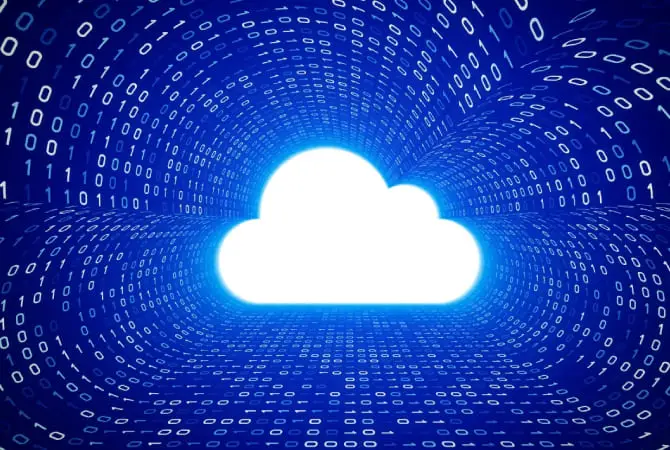Previous
TECHNOLOGY
Cloud Computing

Cloud computing as technology means using internet servers for storage, management, and processing of records for the entire life cycle. Records and data management through the use of this technology has its own set of risks and benefits. Cost-effective, increase in efficiency, better accessibility, and flexibility as benefits need to be weighed against the risks of security, privacy, and information management. For complete understanding of the cloud computing working model, we can divide it into two parts - frontend and backend.
To understand how cloud computing works, it can be divided into front-end and backend. The front end of the server is used to access user data in the cloud with the help of an internet browser or any regular cloud computing software. The backend of the cloud computing technology is responsible for secure data and information storage. It consists of servers, computers, databases, and central servers.
Central servers manage the operations by following some defined protocols. It uses software middleware to ensure seamless connectivity between all the devices linked via cloud computing. Records Management organizations providing their clients with cloud computing usually maintain multiple data copies to eliminate any risks of security threats, data loss, and data breach, etc. There are 3 types of cloud computing models as explained below.
- IaaS (Infrastructure as Service) - Most common cloud computing service model, ideal for small and medium-sized organizations. It provides the fundamental infrastructure of virtual servers, networks, operating systems, and data storage drives. It makes enough room for flexibility, reliability, and scalability which many businesses seek with cloud computing and eliminates the use of hardware.
- PaaS (Platform-as-a-Service) - Cloud Computing providers in this model, provide the required infrastructure and software framework, and businesses can develop and run their applications. PaaS allows web applications to be created quickly and the service is flexible and robust to support them.
- SaaS (Software as a Service) - This cloud computing service model allows software deployment for various businesses over software and usage on the pay-per-use model. SaaS is managed from a central location so businesses don’t have to worry about maintaining it themselves, and are ideal for short-term projects.
Certain pointers to be kept in mind while using the cloud computing service models are:
- Creation: Digital records need to be created and managed to ensure the authenticity and reliability of digital records.
- Distribution: Records created from the client's end can be easily transmitted to cloud servers securely, reliability while preserving integrity.
- Preservation: Records stored regularly should be done safely and reliably and be always traceable for long term benefits.
- Migration: Records being migrated from one cloud storage to another, should not go missing due to the difference in the cloud architecture. Redundant records in cloud storage should be securely destroyed and disposed of.
- Backup: Cloud service providers should provide detailed backup methods for long term archives.
Based on specific requirements, organizations can choose how, where, and when to use cloud computing service for an efficient and reliable IT solution.



